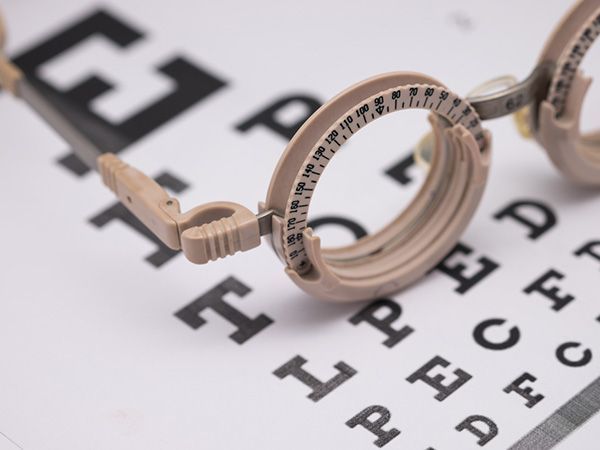Laser Vision Correction Consultation
Vision correction surgery, also known as refractive and laser eye surgery, includes various surgical procedures aimed at correcting vision issues. There have been significant advancements in this field in recent years. These surgeries enable many patients to achieve better vision than they have ever experienced.
Most vision correction surgeries involve reshaping the cornea, the transparent front part of the eye, allowing light to pass through and focus correctly on the retina at the back of the eye. Other procedures involve replacing the eye’s natural lens.
LASIK, or laser in-situ keratomileusis, is effective for individuals who are nearsighted, farsighted or have astigmatism. During the procedure, the doctor creates a flap in the outer layer of the cornea to access the underlying tissue. A laser is then used to reshape this tissue, allowing the cornea to focus light correctly. The creation of the flap distinguishes LASIK from other procedures. Additionally, the doctor may utilize wavefront technology, a type of computer imaging, to generate a detailed map of the cornea to guide the surgery.
PRK, or photorefractive keratectomy, is a procedure designed to correct mild to moderate nearsightedness, farsightedness, or astigmatism. Similar to LASIK, a surgeon uses a laser to reshape the cornea, but in PRK, only the surface of the cornea is treated, not the underlying tissue. Additionally, your doctor may use computer imaging to map the cornea during the procedure.
RLE, which stands for refractive lens exchange, is also known as clear lens exchange (CLE), clear lens extraction (CLE), or refractive lens replacement (RLR). This procedure is similar to cataract surgery. The doctor makes a small incision at the edge of your cornea, removes your natural lens, and replaces it with a plastic lens implant. RLE can correct severe farsightedness or nearsightedness and is suitable for individuals with thin corneas, dry eyes, or other minor corneal issues. Additionally, a LASIK or LASIK-related procedure can be combined with RLE to correct astigmatism.
Phakic intraocular lens implants, also known as implantable contact lenses (ICL), are intended for individuals with extreme nearsightedness, for whom LASIK and PRK may not be suitable. During the procedure, the doctor creates a small incision at the corneal edge and either attaches the implant lens to the iris or inserts it behind the pupil. Unlike RLE, your natural lens remains unaffected.
The SMILE procedure represents the newest innovation in Laser Vision Correction, showcasing the latest advancements in the field. It is a flapless and minimally invasive technique, preserving the corneal surface nearly untouched. SMILE stands for SMall Incision Lenticule Extraction. This procedure is characterized by its safety, effectiveness, and numerous benefits, such as rapid recovery and minimal discomfort during the healing phase.


